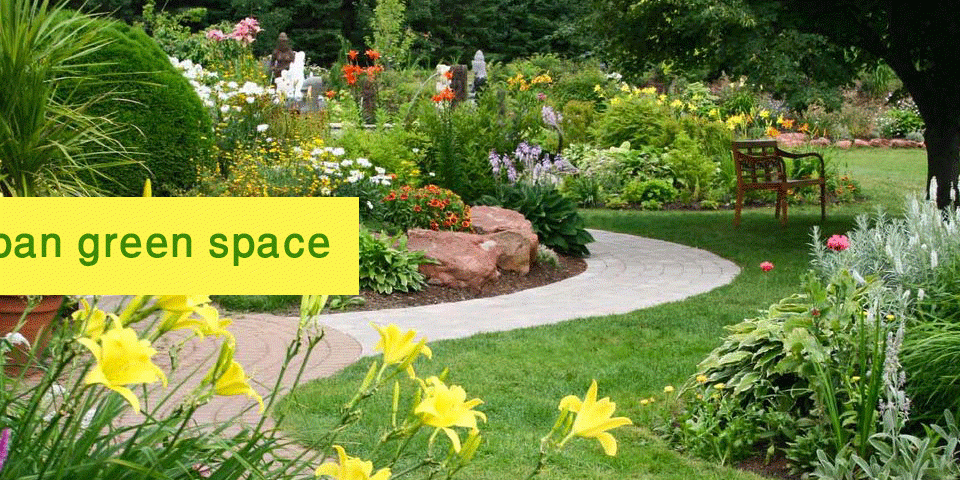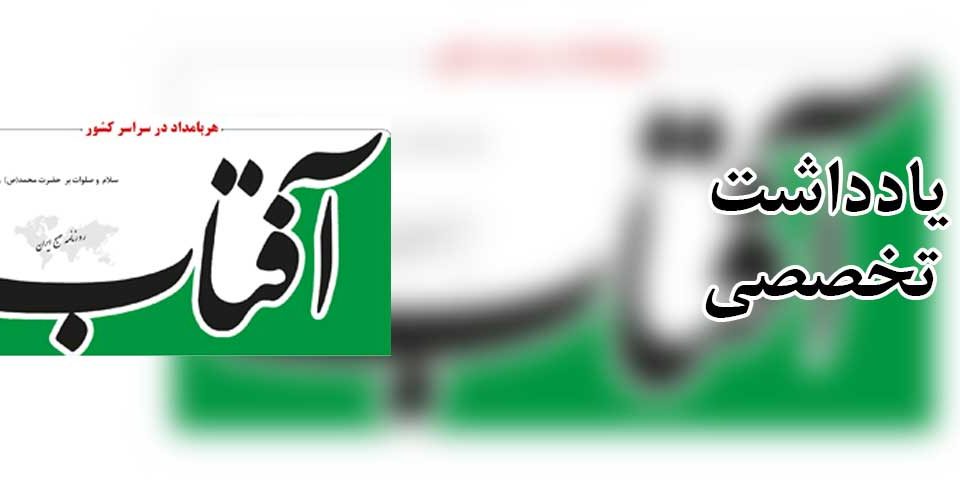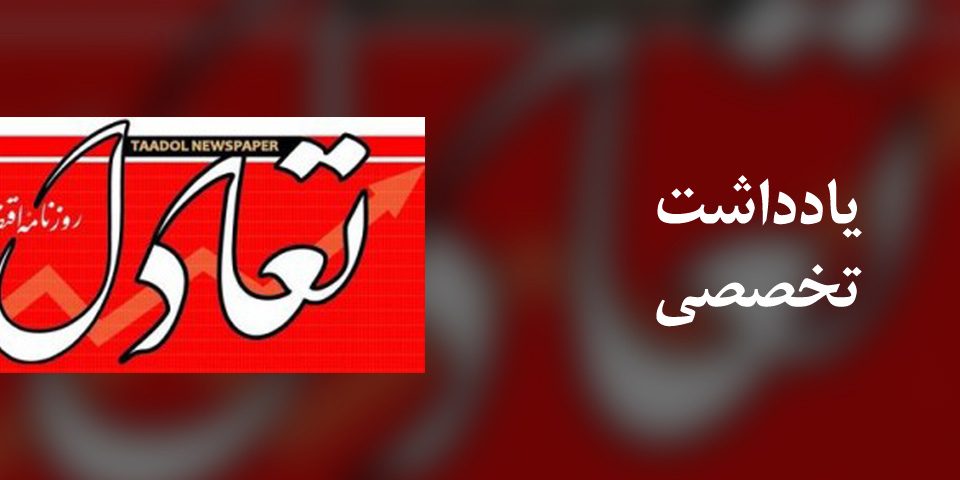برگزیده ها
By Dr. Solmaz Rezan
Urban green space
The impact of urban design on the social life of urban residents has always been the subject of many studies. In such a way that urban experts consider sustainable urban development dependent on creating spaces that are pleasant, comfortable enhance the sense of happiness and satisfaction. One of the developmental attributes of cities and societies, which has significant effects in environmental, physical, cultural, social and economic spheres, is urban green space. In a scientific definition, urban green space is a type of urban land use planted with human made vegetation that has both social and ecological efficiencies. The ecological efficiency of these spaces is related to urban amenities, reducing environmental temperature, oxygen production and increasing soil permeability against all types of rainfall.
Also, because of the public use of such spaces, we will see a good social return that, for example, a private garden would not have such an effect. A desirable urban green space, unlike its apparent meaning, is not merely a place full of trees and plants, but is in fact a symbol of the cultural and social attitude of a city community. In recent decades, different theories about the effects of green space on of citizens’ health have been proposed, all of which emphasize the role of such spaces in improving the level of physical health, mental relaxation, efficiency and high quality of life. For example, van den berg’s studies show that park-like forest landscapes lead to stress relieve, landscape pleasure, anger release and concentration improvement.
According to another study in Japan, the mortality rate of women has a significant relationship with life in less flourishing areas. A scholarly survey in the United States suggests that the presence of women in urban green spaces creates a sense of security and pleasure in them, providing the opportunity for social interaction and encouragement and support for civil activities. In this regard, a research carried out in the Sistan region indicated that the development of urban spaces by changing the micro-climax, through reducing the temperature and cooling the air, would increase the level of citizens’ relaxation.
On the other hand, various ecological functions have been defined for urban green space. In reducing environmental contamination, green belts as plant masses from highly resistant trees, play an important role by filtering and absorbing contaminants such as hydrogen fluoride, sulfur dioxide and some heavy metals such as mercury and lead air pollution, which among them, trees are 10 to 20 times more effective than herbaceous plants in absorbing lead in the air. Oxygen producing trees also play an important role in improving environmental conditions, although this is not significant in large scale, but it is important in urban micro-space. In other functions, by appropriate and targeted planting of trees, it is possible to direct the wind in the desired parts and to change it to the desired direction. Green walls are another area of using texture and green space in the cities, which can effectively absorb disturbing sounds and has a higher acoustic property than most of the materials.
Urban green space patterns are based on their geometric application, such as green belts, which are used to renew the city limits, control its expansion and prevent the city from growing wild, and virtually play the main role as a city recreation and a sub-role as a living indicator to identify the trend of the city. One of the important issues regarding the green space is its location. “Urban parks and green spaces should be in a place where life spans, where culture and activities are commercial and residential,” said Jane Jacob, a contemporary urban critic. Accordingly, centrality, hierarchy, and access are important in this type of location.
Determining the per capita green space largely depends on the characteristics of each region and city. In Iran, determining the level and per capita usage of green space is mainly based on global standards, which accordingly, per capita green space for each person in the world is 25 square meters. Studies conducted by relevant institutions in the country show that the conventional urban green space in cities of Iran lies between 7 and 12 square meters per person; which in a metropolis like Tehran, this amount is considered 10 square meters in the comprehensive urban design. According to the executive director of Tehran’s greenhouses and gardens, the per capita green space is 15.8 square meters in this city.




